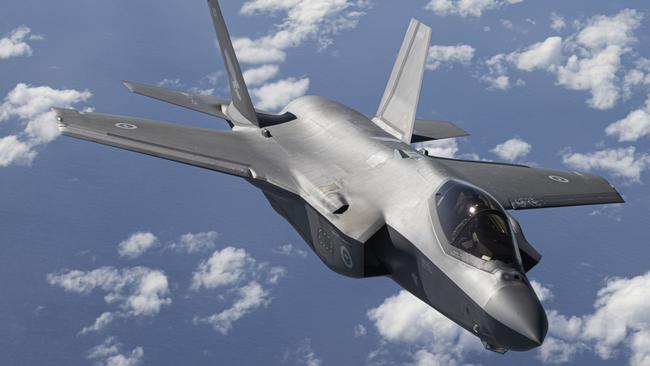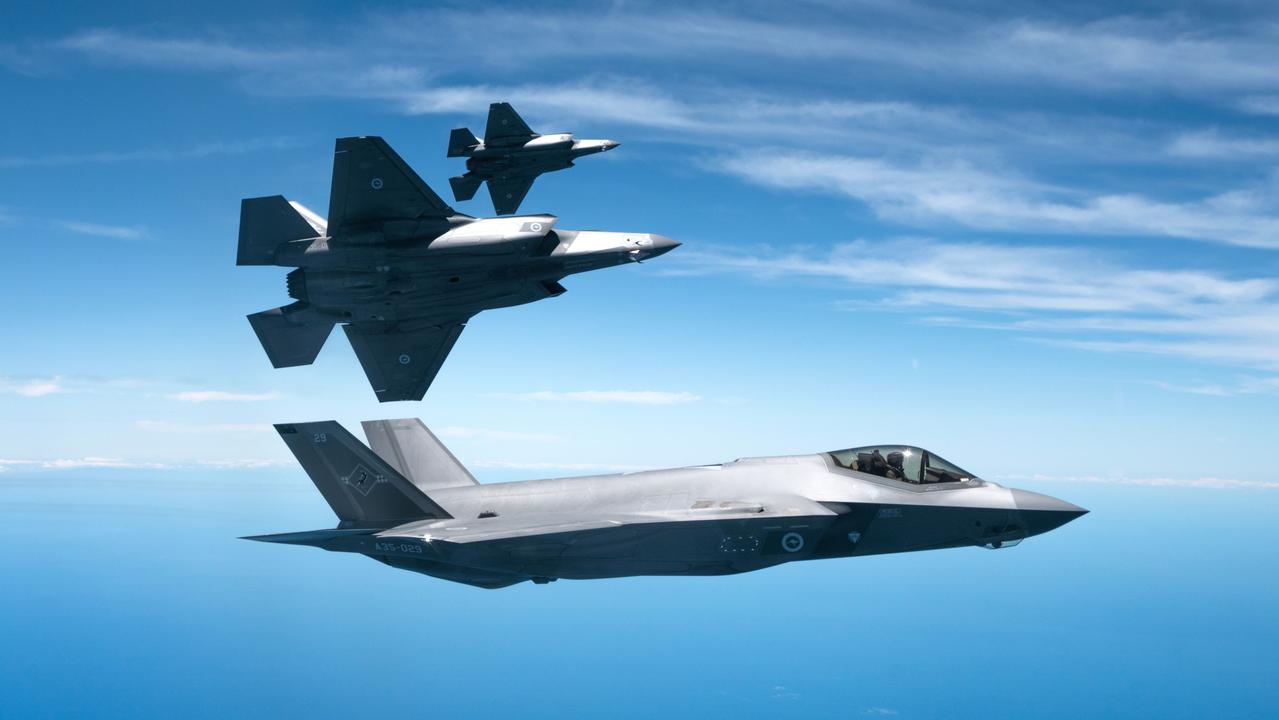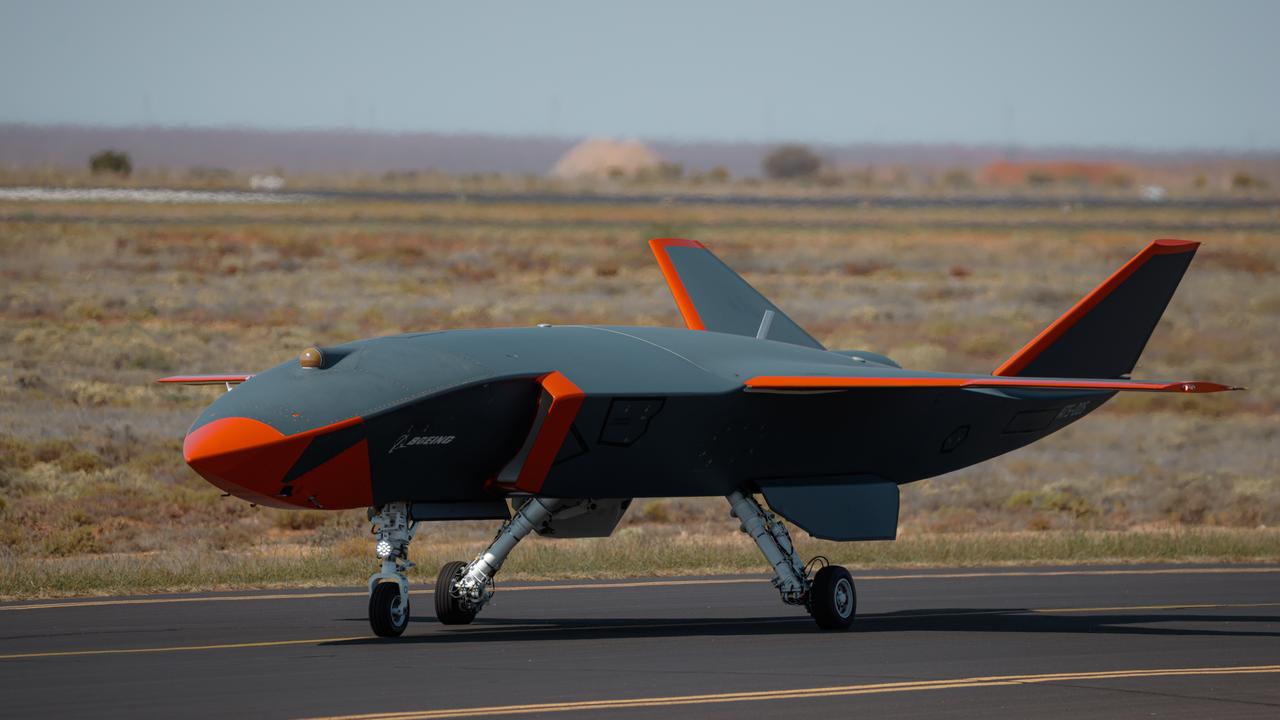The most lethal fighter gets deadlier all the time
The last three F-35A Lightning II fighters for the RAAF arrived shortly before Christmas, exactly six years after the first pair touched down at RAAF Base Williamtown, north of Sydney.

The last Lockheed Martin F-35A Lightning II fighters for the Royal Australian Air Force arrived shortly before Christmas, exactly six years after the first pair touched down at RAAF Base Williamtown, north of Sydney.
The three aircraft were part of a larger batch of nine whose delivery had been delayed for more than a year by US certification problems with the latest configuration of hardware and software.
These issues have in turn delayed the declaration of Final Operational Capability (FOC) for the RAAF’s F-35A fleet by more than 12 months and a new date is yet to be announced by the federal government.
Nevertheless, the final nine jets are the most capable combat aircraft Australia has ever owned and this latest configuration, known as Tech Refresh 3/Block 4, is what the air force originally envisaged when the F-35 was selected in the early 2000s.
All earlier aircraft will be upgraded to this new configuration, beginning later this year.
The international F-35 fleet now numbers more than 1100 and no fewer than nine air forces have used the aircraft in combat. In early March, the global fleet surpassed one million flight hours.
“This milestone is not just a testament to the F-35’s unmatched capability, but also to the resilience and commitment of everyone involved in this program,” F-35 Joint Program Office Program Executive Officer, US Lieutenant General Michael Schmidt, commented.
“As we continue to expand the fleet and advance the F-35’s capabilities, we are ensuring the warfighters of today and tomorrow have the most advanced, reliable and effective tool to protect our nations.”
The F-35 is designed to be continuously upgraded during its service life, and this latest TR-3/Block 4 configuration delivers a number of hardware and software updates to ensure the aircraft meets the emerging threats it is likely to face.
Included in the hardware changes, collectively known as TR-3, are an increase to the number of air-to-air missiles each aircraft can carry internally from four to six, the integration of Lockheed Martin’s lifesaving Automatic Ground Collision Avoidance (Auto-GCAS) system, a new 360-degree electro-optic infra/red sensor system and a range of computer processor and avionics upgrades to host the new 4 software.
Looking to the future, Northrop Grumman’s APG-85 Active Electronically Scanned Array (AESA) radar will replace the current – but still exceedingly effective – APG-81 unit.
The software itself allows greater range of weapons to be carried, including the Joint Strike Missile (JSM), Advanced Anti-Radiation Guided Missile – Extended Range (AARGM-ER) and the Long-Range Anti-Ship Missile (LRASM) – all recently selected by the RAAF.
Hypersonic weapons are also envisaged but no details of what these might be, or when they will be fielded, have been given.
“The aeroplane that we fielded through the (F-35) development program in 2018 was, in my view, probably 10 to 15 years more advanced than adversary equivalents – by that I mean surface-to-air missile systems and its ability to counter and suppress or destroy those, and also air-to-air threats,” a Lockheed Martin spokesperson said late last year.
“But what that tells you is that if we stop right here, in 15 or 20 years we’d be back to parity with the adversary (and) that’s the genesis of the Block 4 capability.”
Other benefits of Block 4 include a significantly increased situational awareness and data-sharing capability, which allows the F-35 to know where all the threats are, identify each one and pass this information across the battlespace. Known as Joint All-Domain (JAD) operations, Lockheed Martin has already demonstrated the jet’s ability to provide target information to other assets such as navy warships or ground-based missile batteries. This capability allows a target to be destroyed from far greater distances than has been possible in the past, and helps keep platforms and personnel out of harm’s way.
“Frankly, most of what Block 4 is about is taking the F-35’s sensor suite to the next level, and integrating new weapons onto the aircraft,” the spokesperson added.
“Block 4 aircraft will be able to carry more missiles, have more advanced non-kinetic electronic warfare capabilities, and deliver increased lethality by improving target recognition.
“All Block 4 capabilities are about ensuring that F-35 transformational capabilities remain decades more advanced than rapidly evolving adversary systems.”
Much has been made over the years of the F-35s so-called stealth characteristics and its effectiveness in evading air defence networks has been borne out during the recent combat operations.
“The aeroplane is not invisible, but it works on disrupting the adversary’s kill chain and it works at the earliest point in that kill chain,” the spokesperson explained.
“Very low observable stealth gives the pilot the ability to operate in the battlespace with impunity. He can go in and come out as he pleases, largely undetected; the first time an adversary knows when an F-35 is in his airspace is when something he highly values is destroyed.”


